Car
Tips for Proper Subwoofer Placement in Your Car
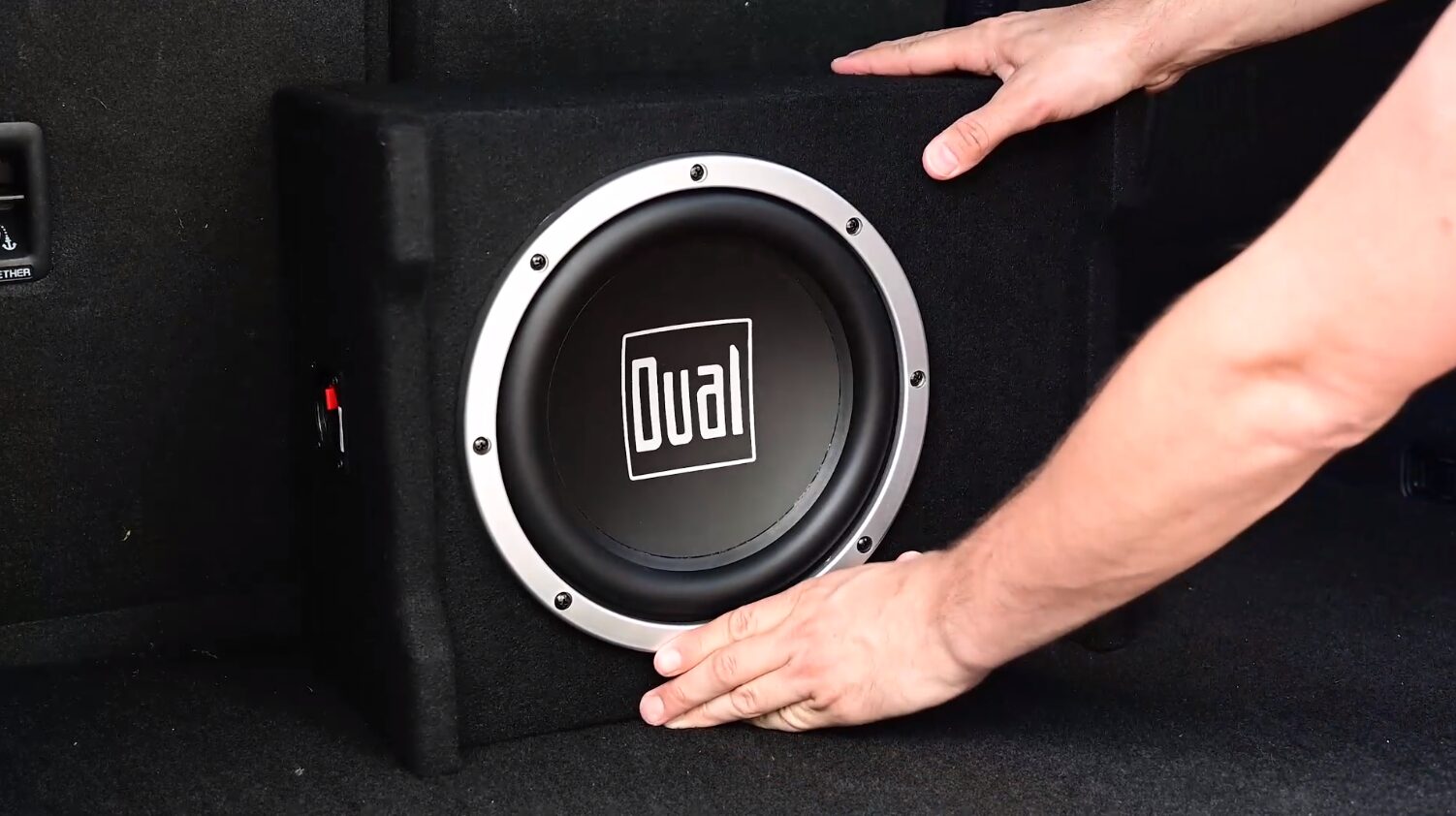
When it comes to upgrading your car audio system, one component often stands out for its ability to transform the entire listening experience: the subwoofer. A quality subwoofer can add depth, richness, and power to your music, elevating your driving journey to new sonic heights. However, achieving optimal performance from your car subwoofer isn’t just about selecting the right model—it’s also about proper placement. In this guide, we’ll delve into the art of subwoofer placement in your car, offering valuable tips to help you get the most out of your audio setup.
1. Understanding the Role of Subwoofers:
Before diving into placement techniques, it’s crucial to understand the purpose of subwoofers in your car audio system. Subwoofers are designed to reproduce low-frequency sounds, commonly referred to as bass. These frequencies add depth and impact to music, enhancing the overall listening experience. However, achieving balanced bass reproduction requires careful consideration of subwoofer placement.
2. Consider Vehicle Layout and Acoustics:
Every car interior is unique, with varying layouts and acoustical properties. As such, there’s no one-size-fits-all approach to subwoofer placement. Take some time to assess your vehicle’s interior, considering factors such as available space, seating configuration, and potential obstacles. Additionally, be mindful of the car’s acoustics, as certain materials and design elements can influence sound dispersion and resonance.
3. Experiment with Placement Options:
When it comes to subwoofer placement in your car, experimentation is key. Start by exploring different locations within your vehicle to determine where the subwoofer performs best. Common placement options include the trunk, rear parcel shelf, and under-seat enclosures. Keep in mind that each location will yield different results in terms of bass response and overall sound quality.
4. Aim for Balanced Sound Distribution:
Ideally, your subwoofer should be positioned in a way that achieves balanced sound distribution throughout the vehicle. This means ensuring that bass frequencies are evenly dispersed, without overpowering or overshadowing the rest of the audio spectrum. To achieve this balance, consider installing the subwoofer closer to the front of the car, near the dashboard or footwells, rather than solely in the rear.
5. Minimize Vibrations and Rattles:
One common issue with car subwoofers is the potential for vibrations and rattles, especially when placed in certain locations. To minimize these unwanted noises, it’s important to secure the subwoofer enclosure properly and insulate any potential rattling points. Additionally, consider investing in sound-dampening materials to reduce vibrations and improve overall sound clarity.
6. Fine-Tune Settings for Optimal Performance:
Once you’ve settled on a placement for your car subwoofer, don’t forget to fine-tune the settings to achieve optimal performance. Adjust the crossover frequency, phase, and gain settings to seamlessly integrate the subwoofer with the rest of your audio system. Take the time to listen carefully and make subtle adjustments until you achieve the desired balance and clarity.
Proper subwoofer placement is essential for unlocking the full potential of your car audio system. By considering factors such as vehicle layout, acoustics, and sound distribution, you can ensure that your subwoofer delivers powerful, immersive bass that enhances your driving experience. Remember to experiment with different placement options and fine-tune settings for the best results. With careful attention to detail, you can enjoy premium sound quality on every journey.

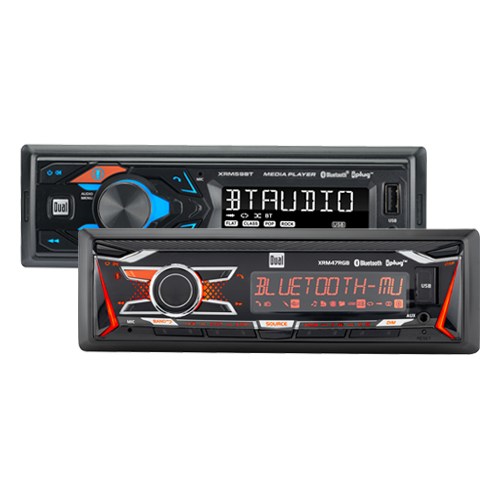


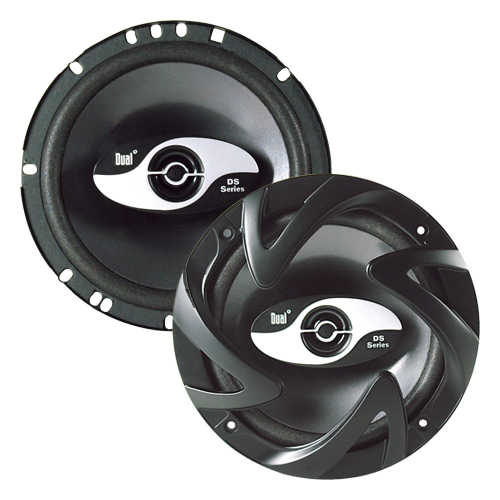
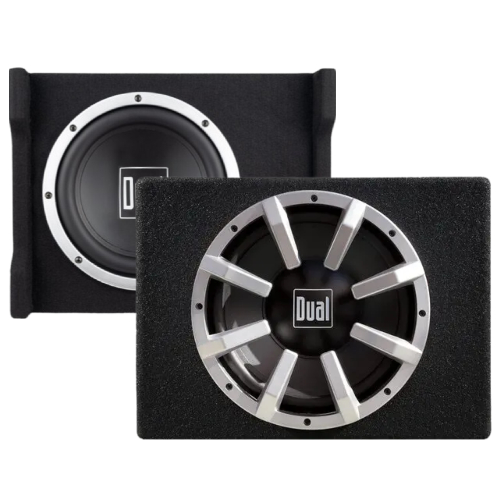

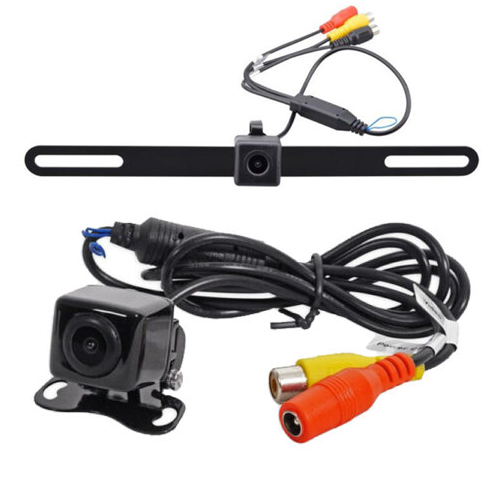
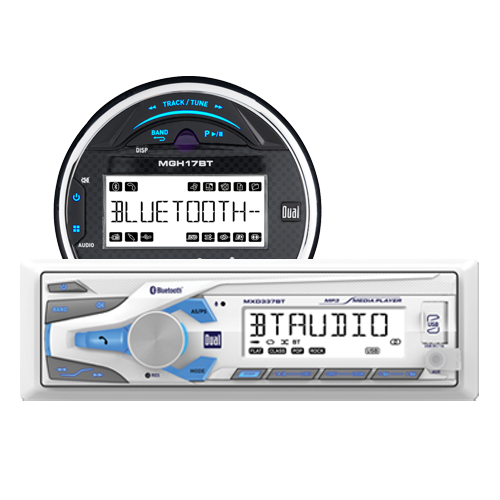
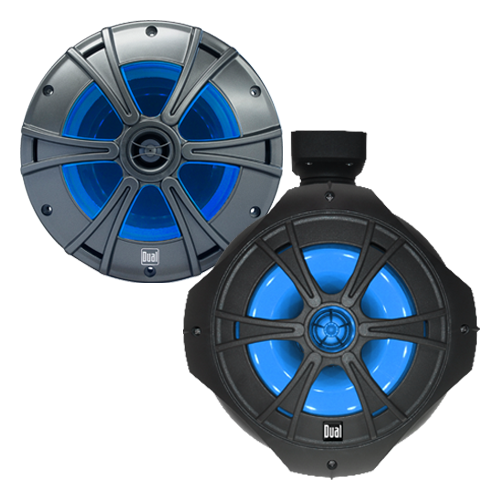
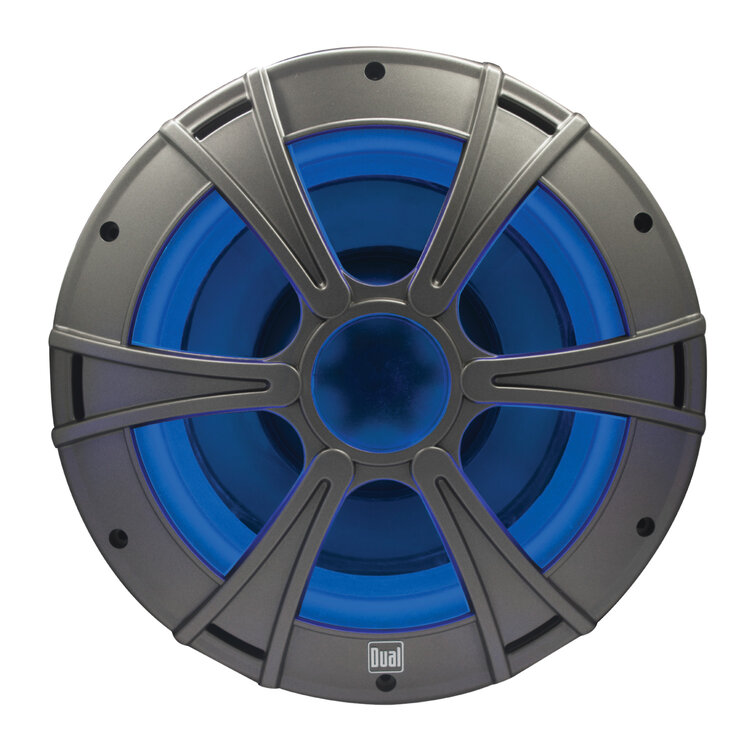
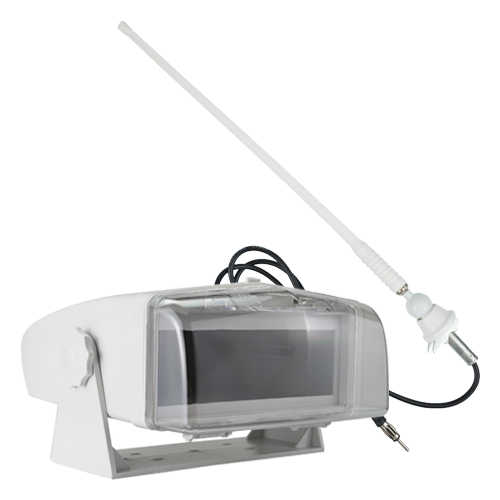
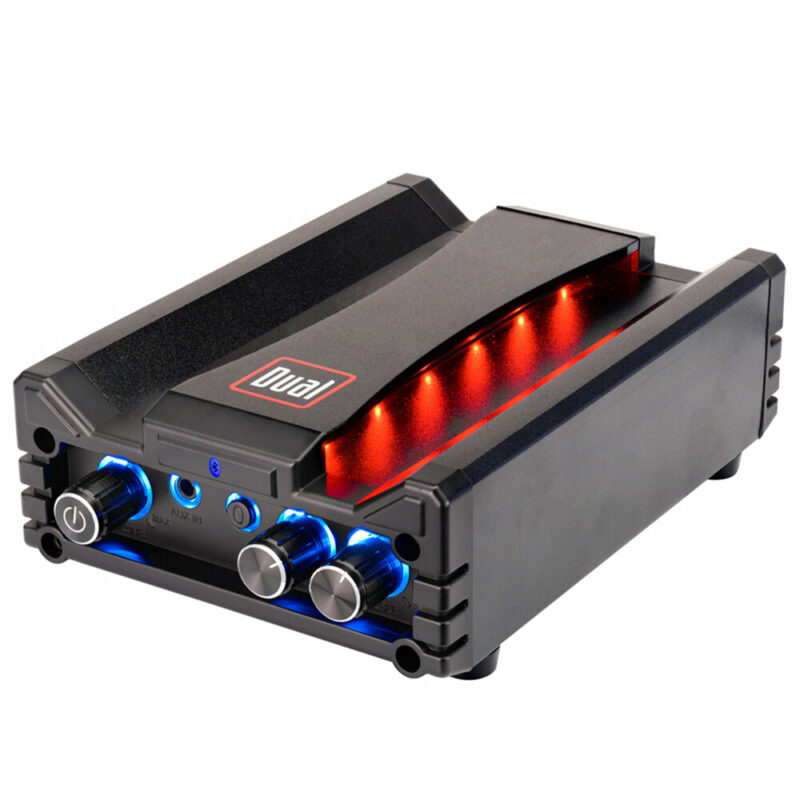
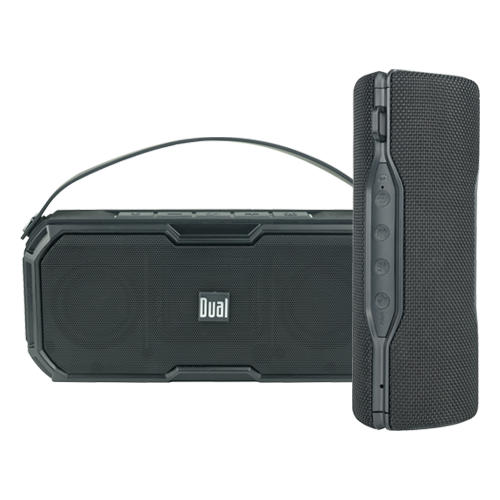
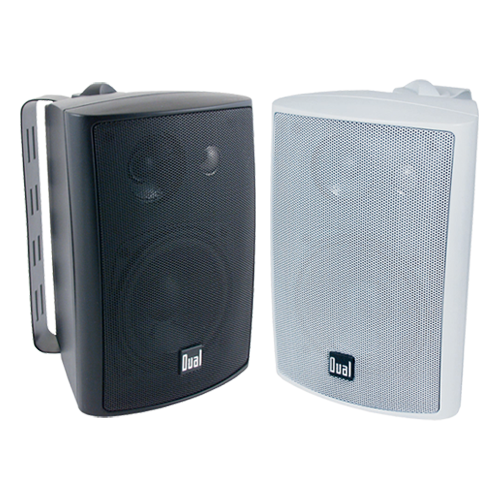
Home
What to Look for in Home Speakers: A Guide for Better Sound
Car
The Impact of Speaker Size on Sound Quality in Car Audio Systems
Home
TV Sound Bar Maintenance: Tips for Longevity
Car
5 Signs It’s Time to Upgrade Your Car Stereo System